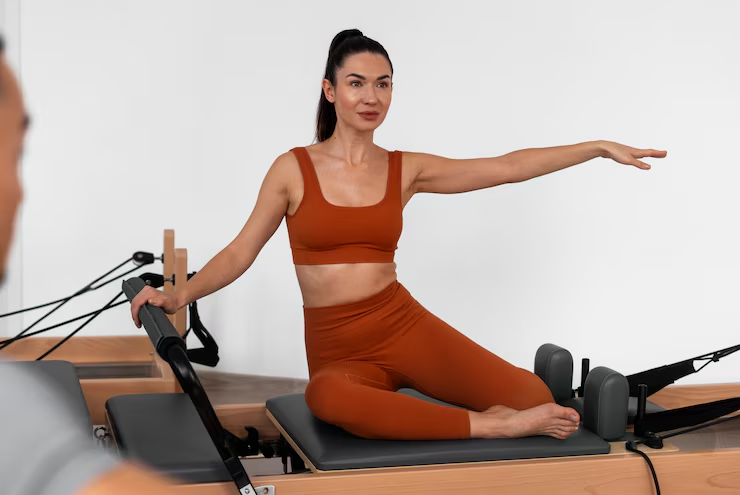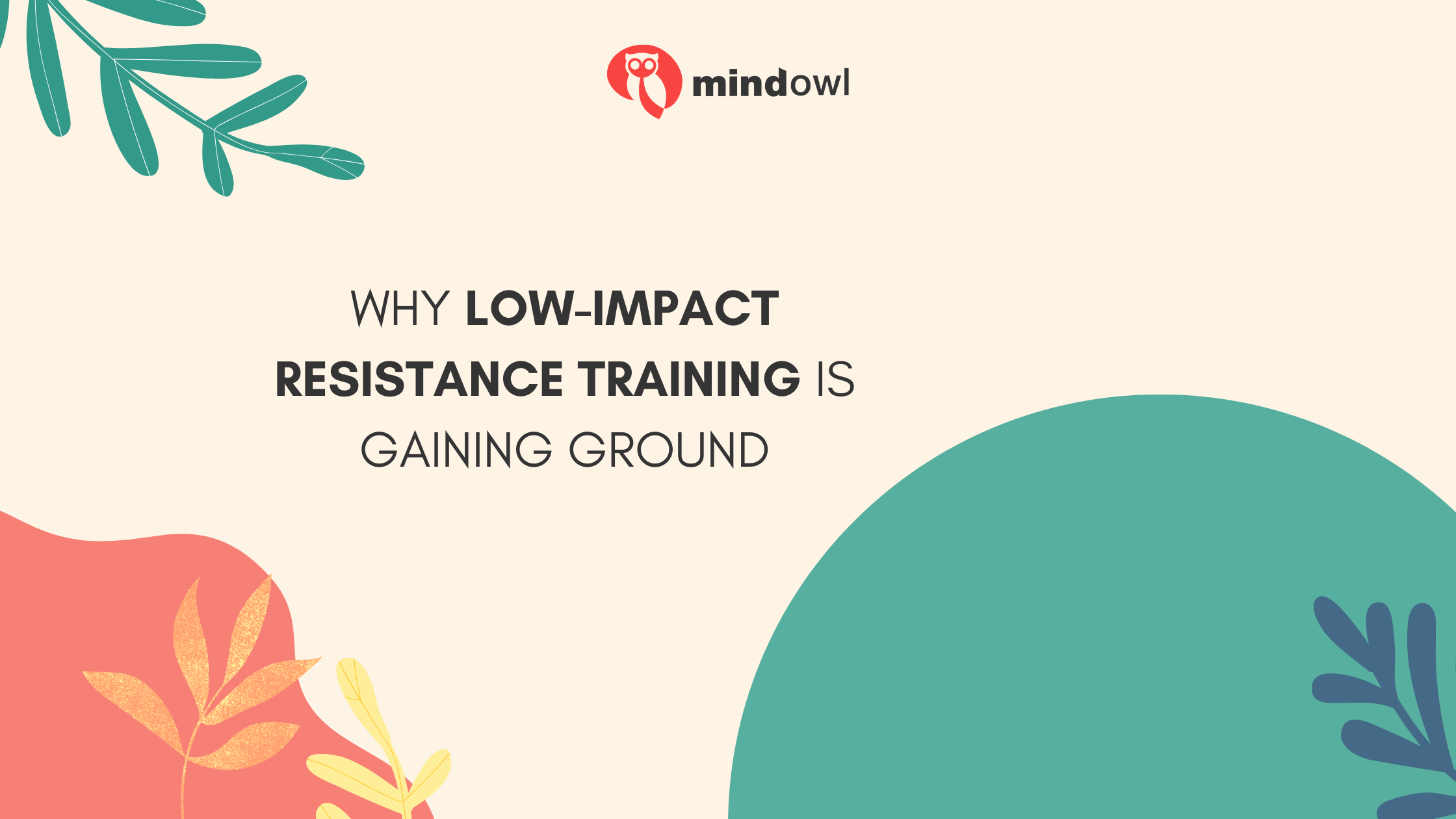
How you move each day shapes how you feel over time. Some forms of exercise help you westay mobile as you age. Others wear you down.
Walking and stretching are a good start, but they won’t keep your body strong forever. As you age, you need ways to build strength without stressing the joints. That’s where thoughtful resistance training comes in.
That’s why you’ll now find low-impact resistance training in more places, from recovery centers to private home setups and clinics focused on long-term wellness.
Let’s break down how this type of training helps your body and what to consider when picking equipment.
What Is Low-Impact Resistance Training?
This form of training relies on slow, controlled movement. It’s designed to improve strength and balance while protecting your joints, something high-impact workouts don’t always do well.
Rather than loading up with weights or doing high-impact jumps, this approach is based on:
- Slow, controlled motions
- Constant resistance
- Full-body engagement
It’s ideal for anyone managing:
- Joint pain
- Osteopenia or osteoporosis
- Muscle loss due to aging
- Chronic inflammation
- Past injuries
And yes, it still delivers real strength gains.
Why It’s Becoming a Longevity Essential
Hard-hitting workouts put extra stress on your back, knees, and hips. And while they might feel effective, they’re tough to stick with, especially once you hit your 30s or beyond.
Low-impact training leans into control and alignment. It’s about building strength without forceful, high-impact movement.
- Protects joints
- Improves mobility
- Supports core strength
- Enhances posture and bone density
These outcomes aren’t just aesthetic, they’re foundational to longevity. In fact, Harvard Health reports that strength training not only helps protect bone health and posture but also supports healthy aging by improving mobility and preventing falls.
But to train this way, you need the right tools.
The Role of High-Resistance Pilates Equipment
You’ve likely heard of Pilates. But if you still picture a mat and a few stretches, it’s time for an update.
Modern Pilates, especially high-resistance reformer training, offers a serious strength workout. Think slow movements under load. Core activation. Glute engagement. Deep muscle control.
This approach improves:
- Balance and stability
- Spinal alignment
- Joint function
- Recovery speed
- Body awareness
And that’s exactly why machines like the Megaformer have become so popular in wellness-forward fitness circles.
These machines use spring resistance, adjustable tension, and sliding platforms to challenge your entire body, without strain or pounding.
Some reformers are now available for home use, too, making them even more accessible for adults committed to long-term health.
Exploring Reformers That Support Low-Impact, Full-Body Training
Not every resistance machine fits the needs of home users. Some are built for studio use, with instructors and large spaces in mind. But the market has evolved.
There are now high-resistance reformers designed with home fitness and rehab in mind, built to support strength, flexibility, and balance without taking up a full room or requiring advanced training to use.
These machines follow the same principles seen in well-known studio equipment: spring-based resistance, controlled motion, and a focus on core and joint stability. They’re suited to adults who want more structure and challenge than a yoga mat can provide, but without the risks that come with traditional weightlifting or cardio machines.
The goal here isn’t to push harder. It’s to move with more intention and get more out of less. A well-designed reformer lets you do that, with shorter workouts, smoother transitions, and better control.
Benefits of High-Resistance Pilates Machines for Adults Over 40
Let’s break it down clearly. Here’s what the right machine can support:
| Goal | Benefit |
| Stronger bones | Resistance helps stimulate bone density |
| Joint protection | Smooth gliding movement prevents strain |
| Lean muscle building | Improves strength without bulk |
| Posture correction | Strengthens stabilizers and core |
| Stress relief | Promotes controlled breathing and tension release |
| Better balance | Enhances coordination through slow, focused moves |
These outcomes aren’t just aesthetic, they’re foundational to longevity.
What to Look for in At-Home Pilates Equipment
Not all reformers are created equal. If you’re exploring machines like the Megaformer for your wellness routine, here are the features to look for:
- Spring resistance instead of cables or weights
- Stable platform with smooth carriage
- Adjustable foot bars and handles
- Compact size for home setups
- Durability for regular use
- Quiet operation when sharing your space
Machines designed with these features will support you now and well into the future.
Who Should Consider This Training Style?
This type of movement isn’t just for seasoned athletes. It’s for:
- Busy professionals needing short, effective workouts
- Adults in recovery from surgery or injury
- Older adults looking to regain muscle and mobility
- Parents who need flexible workout timing
- Anyone seeking a safer alternative to HIIT or heavy weights
The best part? It grows with you. You can start slow and ramp up as you feel stronger.
The National Institute on Aging recommends resistance training for older adults as a safe way to maintain strength, balance, and independence through the aging process.
Daily Movement That Actually Feels Good
One reason this training style is catching on? It feels good. Really good.
You’ll finish a 30-minute session feeling:
- Worked, not wrecked
- Strong, not sore
- Energized, not drained
And over time, your body starts to move better, naturally. Without the nagging pain, without the crash.
Many people who stay active later in life say the same thing: it’s not about working harder, it’s about moving with purpose and care.
Final Thoughts
You don’t need an intense workout plan to stay healthy as you age. In fact, the more you push through pain, the more you end up slowing yourself down. What helps most is finding a way to move that supports you, not drains you.
Low-impact strength training fits that bill. It’s gentle but solid. It builds real strength. And it helps keep you active without making your body pay the price.
A lot of people are turning to resistance-based Pilates equipment for this reason. Not because it’s trendy, but because it actually works. It lets you train hard without feeling wrecked after. That’s a big deal.
So if you’re looking for something that helps you feel stronger without messing with your knees, back, or schedule, this could be a good fit.
MindOwl Founder – My own struggles in life have led me to this path of understanding the human condition. I graduated with a bachelor’s degree in philosophy before completing a master’s degree in psychology at Regent’s University London. I then completed a postgraduate diploma in philosophical counselling before being trained in ACT (Acceptance and commitment therapy).
I’ve spent the last eight years studying the encounter of meditative practices with modern psychology.

